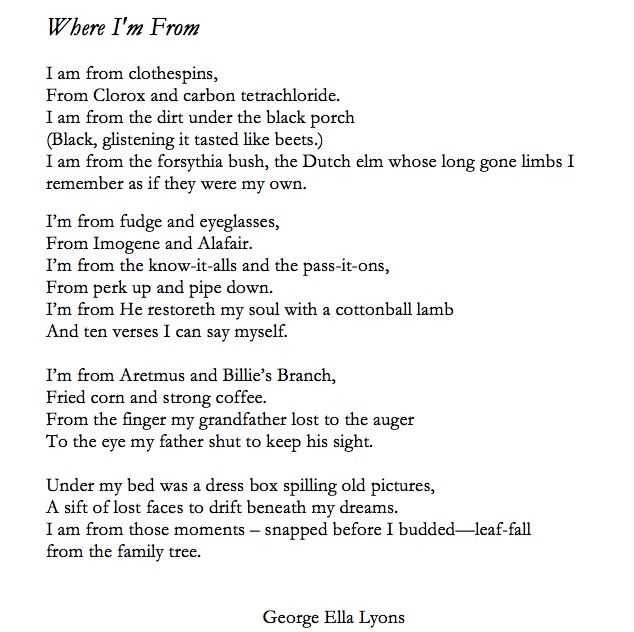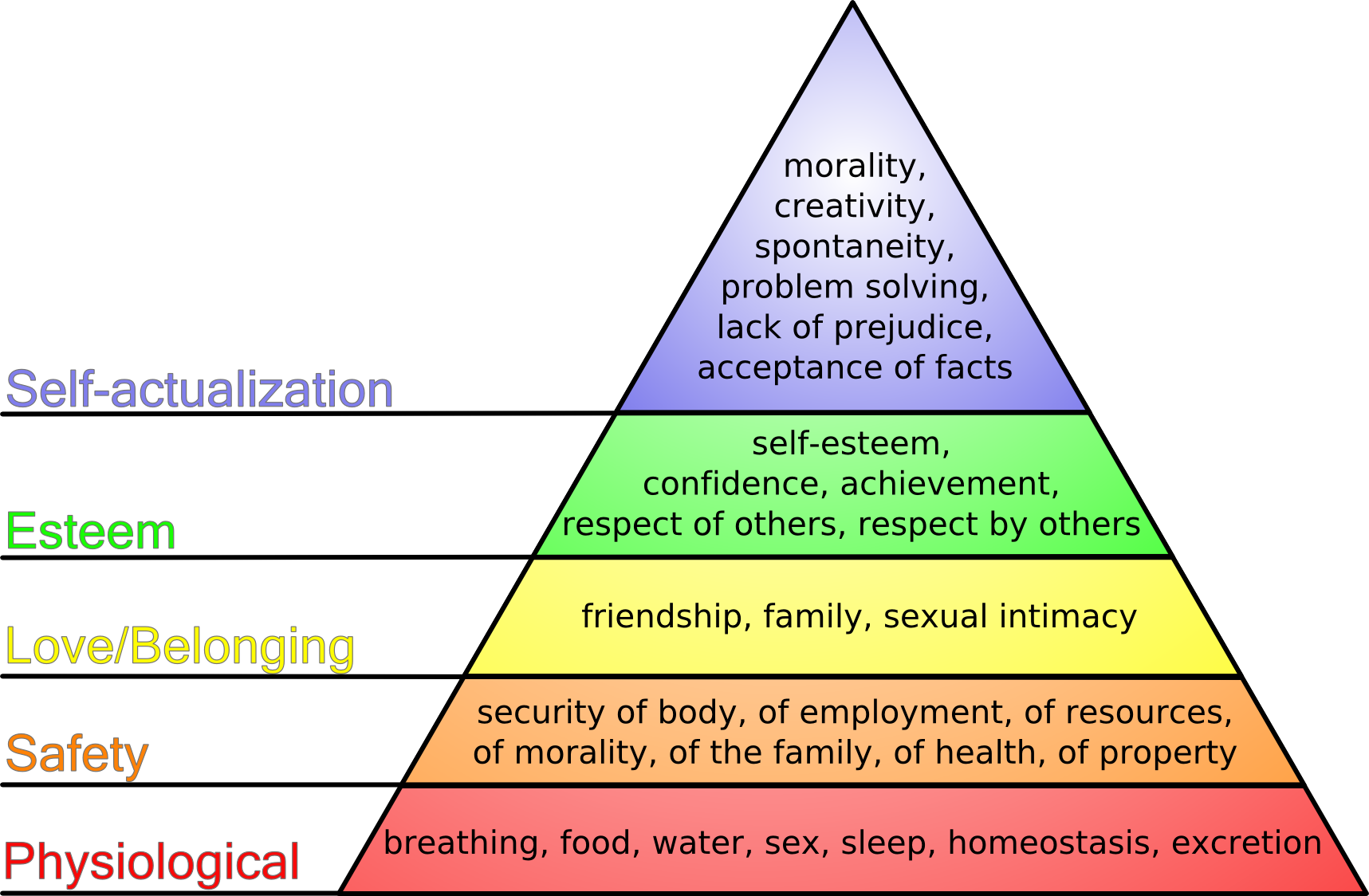A New Ladder Of Citizen Participation Pdf Viewer

This article cites a natural tension between citizen participation in public agencies and the drive for organizational stability. The power stability hypothesis, based on exchange theory, suggests that weaker organizations are more likely to offer citizens stronger roles in their planning processes. The article analyzes a survey of 394 citizen units in 193 planning and development agencies in Georgia. A standardized measure of the citizen-agency contract is developed. A panel of experts provides data on the level of power of host agencies. The central finding of the study is the inverse association between the level of agency power and strong citizen roles.
| ARNSTEIN, S. R. (1969) 'A ladder of citizen participation.' Amer. Institute of Planners 35, 4: 216-224. Google Scholar Crossref |
| BLAU, P. (1964) Exchange and Power in Social Life. New York: John Wiley. Google Scholar |
| BLEIKER, H. (1978) Citizen Participation Handbook: For Public Officials and Other Professionals Serving the Public. Laramie, WY: Institute of Participatory Democracy. Google Scholar |
| CAHN, E. S. and B. A. PASSETT [eds.] (1971) Community Participation: Effecting Community Change. New York: Praeger. Google Scholar |
| GLASS, J., Jr. (1979) 'Citizen participation in planning: the relationship between objectives and techniques.' Assn. for Public Administration (May). Google Scholar |
| HAGE, J. and M. AIKEN (1970) Social Change in Complex Organizations. New York: Random House. Google Scholar |
| HOMANS, G. (1961) Social Behavior: As Elementary Forms. New York: Harcourt Brace Jovanovich. Google Scholar |
| LONG, N. (1958) 'The community as an ecology of games.' Amer. J. of Sociology 64. Google Scholar Crossref ISI |
| MacNAIR, R. H. (1981) 'Citizen participation as a balanced exchange: an analysis and strategy.' J. of the Community Development Society 12, 1: 1-19. Google Scholar Crossref |
| MacNAIR, R. H. 1976) 'A locality-oriented public welfare agency: a case study of boundary maintenance in a hostile environment.' J. of Sociology and Social Welfare 4, 1. Google Scholar |
| MARSHALL, D. (1971) The Politics of Participation in Poverty. Berkeley: Univ. of California Press. Google Scholar |
| MAZMANIAN, D. (1976) 'Participatory democracy in a federal agency,' in H. Dickerson and J. Pierce (eds.) in Water Politics and Public Involvement. Ann Arbor: Ann Arbor Science. Google Scholar |
| ROSENBAUM, W. A. (1975) 'Slaying beautiful hypothesis with ugly fact: EPA and the limits of public participation,' presented at the meeting of American Society for Public Administration Conference, Chicago. Google Scholar |
| ROSENER, J. B. (1978) 'Citizen participation: can we measure its effectiveness?' Public Administration Rev. (September/October). Google Scholar |
| ROTH MAN, J. (1974) Planning and Organizing for Social Change. Action Principles from Social Science Research. New York: Columbia Univ. Press. Google Scholar |
| SELZNICK, P. (1962) 'Foundations of the theory of organizations,' in A. Etzioni (ed.) Complex Organizations: A Sociological Reader. New York: Holt, Rinehart & Winston. Google Scholar |
| SPEIGEL, H.B.C. [ed.] (1968) Citizen Participation in Urban Development: VIP Concepts and Issues. Vol. 11: Cases and Programs. Washington, DC: Institute for Applied Behavioral Science. Google Scholar |
| TVA and the Grass Roots (1949) New York: Harper & Row. Google Scholar |
| THIBAULT, J. W. and H. H. KELLY (1959) The Social Psychology of Groups. New York: John Wiley. Google Scholar |
| VAN METER, E. C. (1975) 'Citizen participation in the policy management process.' Public Administration Rev. (special issue). Google Scholar Crossref ISI |
| WARREN, R. (1974) The Structure of Urban Reform. Lexington, MA: D. C. Heath. Google Scholar |
| WARREN, R. (1963) The Community in America. Chicago: Rand McNally. Google Scholar |
Ladder Of Community Participation

Sherry Phyllis Arnstein, (née Rubin) (11 January 1930 – 19 January 1997)[2][3] is the author of the highly influential journal article 'Ladder of Citizen Participation'. Through the U.S. Department of Housing, Education, and Welfare (HUD), working as a special assistant to the assistant secretary, she developed the insights that led to the development of her seminal paper in the field of participatory decision making.
This report presents a framework for analysing local participation in development, in relation to its significance for ownership, and. Figure 2 Arnstein's ladder of citizen participation. Figure 3 Pretty's typology of participation. An alternative view of the relationship between participation and ownership would be that. Eight rungs on the ladder of citizen participation Further up the ladder are levels of citizen power with increasing degrees of decision-making clout. Citizens can enter into a (6) Partnership that enables them to negotiate and engage in trade-offs with.
In 1969, she wrote and published several papers that deal with public participation in decision making. Among them, 'A Ladder of Citizen Participation' (1969),[4] 'Maximum Feasible Manipulation'[5] (1972) and 'A Working Model for Public Participation' (1975).[6] Her first paper, in which she suggested different levels of public participation has a lasting impact in many areas of research, including geography, urban planning, public policy, health policy, and sociology, to name a few.
Sherry Rubin was born in New York City to Bernard Rubin (born Russia) and Lucille Goldstein (born France). At a young age, her family moved to California. She studied physical education at the University of California, Los Angeles (UCLA), and after graduation worked as a caseworker in Alameda County Juvenile Court. In 1955, she moved to Washington, DC. and received a Masters in communications from American University.
Driver zd1211b windows 7. After her work at HUD, she was a consulting public policy analyst at Arthur D. Little, a senior research fellow at the National Center for Health Services Research and vice president of the National Health Council.[3] She served 10 years as executive director of the American Association of Colleges of Osteopathic Medicine (AACOM) between 1985 and 1995.
References[edit]
- ^Arnstein, S.R. (1969), 'A Ladder of Citizen Participation', Journal of the American Planning Association, 35 (4): 216–224, doi:10.1080/01944366908977225, hdl:11250/2444598, retrieved 2010-06-12
- ^'Sherry Arnstein Bio'. www.aacom.org. Retrieved 2016-05-13.
- ^ ab'Sherry Arnstein Dies'. Washington Post. Retrieved 2016-05-13.
- ^Arnstein, S.R. (1969). 'A ladder of citizen participation'. Journal of the American Institute of Planners. 35 (4): 216–224. doi:10.1080/01944366908977225. hdl:11250/2444598.
- ^Arnstein, S.R. (1972). 'Maximum feasible manipulation'. Public Administration Review. 32: 377–390. doi:10.2307/975008. JSTOR975008.
- ^Arnstein, S.R. (1975). 'A working model for public participation'. Public Administration Review. 35 (1): 70–73. doi:10.2307/975206. JSTOR975206.
